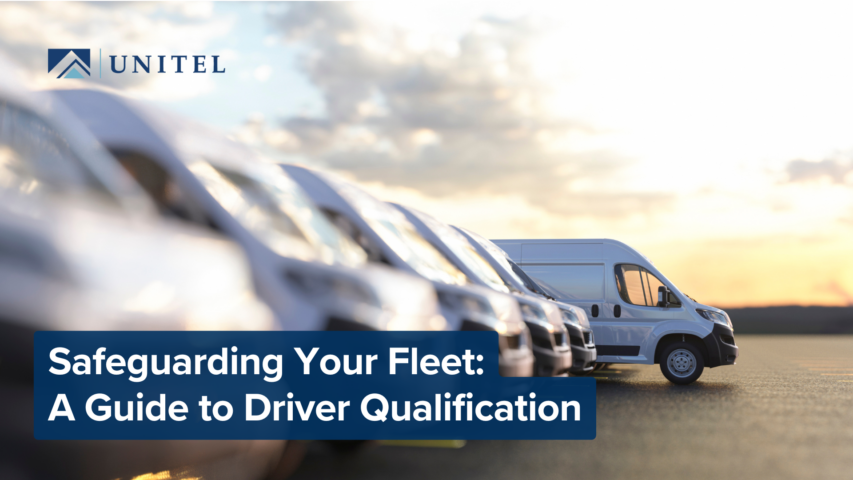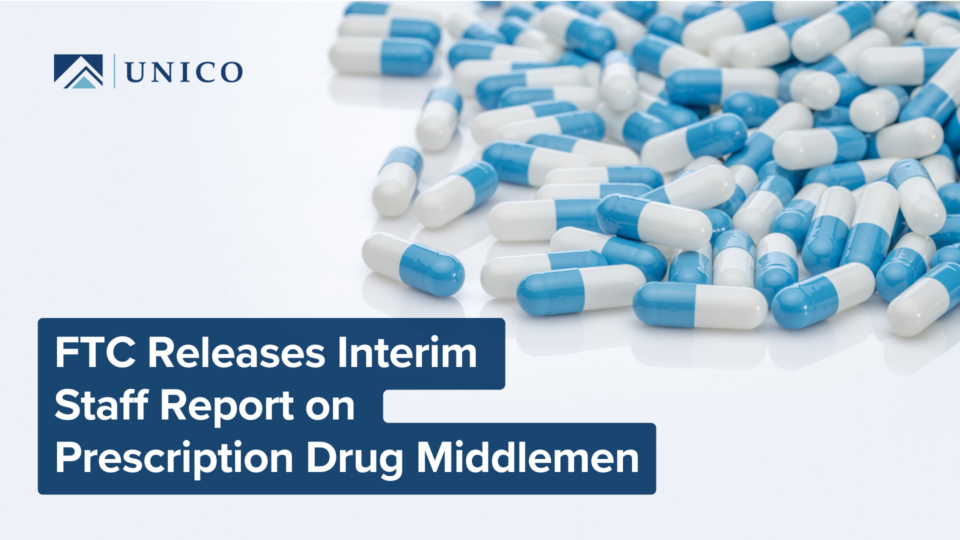One of the greatest risk exposures to business today is company vehicle operation. A key part of an effective fleet safety policy is a Driver Qualification program, for both current and prospective employees. A prudent employer will review driver performance as part of an ongoing evaluation of whether the person will operate a company vehicle safely.
Reviewing the motor vehicle record/report (MVR) of all prospective and current drivers to determine their past driving history is a critical part of the Driver Qualification program. An individual’s driving record, both business and personal, may be an indicator of future driving performance, and may reveal poor driving habits or other potential problems. An annual MVR review allows the employer to evaluate how each operator’s driving record is affecting the company’s overall fleet safety performance. In addition, the MVR is one of many management tools to determine needs for driver training/orientation, safety training, or counseling.

In order to effectively use this tool, management must develop criteria for evaluating the acceptability of driving history, as reported in the MVR. Written standards of acceptable driving performance must be established and published, so that each driver is clear about what the standards are, and the consequences of unacceptable driving performance. All drivers must be treated equally and fairly under the Driver Qualification program. UNITEL and most insurance companies suggest the following criteria as the standard of MVR acceptability.
An Unacceptable MVR Exhibits:
- Three or more incidents in the past 36 months or
- One major violation in the past 36 months
An incident is a conviction for any moving violation, or an “at fault” accident involvement.
A Major Violation is a Conviction For:
- Careless or reckless driving
- Felony with a vehicle
- Homicide or manslaughter with a vehicle
- Excessive speed
- Leaving the scene of an accident
- DWI, DUI (drugs or alcohol)
- Driving while license is suspended
- Exhibition driving
A person with an unacceptable MVR should not be placed in a driving position.
All employers should make MVR acceptability a condition of employment, and the MVR on all drivers should be reviewed at least annually thereafter to verify that the driver still qualifies to operate a company-owned or leased fleet vehicle. This includes CDL (commercial driver’s license) holders, and those employees who may drive their own vehicle on company business. Additionally, any non-CDL drivers over the age of 65 should have an annual physical required as part of the company’s on-going Driver Qualification program.
A small amount of time and money spent completing the Driver Qualification program can lead to significant savings in reduced or eliminated accidents and injuries, not to mention the potential for reduced future insurance costs. For assistance putting together a Driver Qualification program, reach out to a UNITEL advisor.
The loss prevention information and advice presented in this document is intended only to advise our clients, customers and business partners of a variety of methods and strategies based on generally accepted safe practices, for controlling potentially loss producing situations commonly occurring in business premises and/or operations. They are not intended to warrant that all potential hazards or conditions have been evaluated or can be controlled. They are not intended as an offer to provide insurance coverage for such conditions or exposures, or to imply that UNITEL Insurance or UNICO Group will provide such coverage. The liability of UNITEL Insurance or UNICO Group is limited to the specific terms, limits and conditions of the insurance policies issued, if any.




